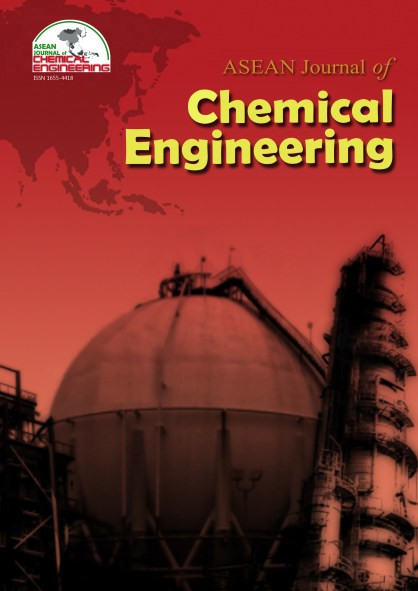One Dimensional Mathematical Model of Re-Ignition Characteristics
Abstract
R
e-ignition of a wood-based object essentially comprises three overlapping phases; these are the heat-up phase, the extinguishment phase, and the re-heat-up phase. A one-dimensional mathematical model was developed in this study to simulate multiple consecutive ignitions associated with re-ignition process within a porous material. The model focuses on the treatment of heat transfer in porous media that is assumed to be one-dimensional within a homogeneous sample. The effect of porosity is incorporated through the inclusion of an effective thermal conductivity. Our experience indicates that the ignition temperatures and ignition delay times obtained from this approach are in good agreement with relevant experimental data.References
2. Chase, C.A., Gidaspow, D., and Peck, R.E., (1970), Transient Heat and Mass Transfer in An Adiabatic Regenerator-A Green's Matrix Representative, Int. J. Heat mass transfer, Vol. 13, 817-833.
3. Dlugogorski, B.Z., Kennedy, E.M., and Hirunpraditkoon, S., (2004), Model Fires of Refuse Derived Fuels: Temperature Profiles and Pyrolysate Flux, 6th AOSFST, Daegu-Korea.
4. Hostikka, S. and McGrattan, K.B., (2001), Large Eddy Simulation of Wood Combustion, National Institute of Standards and Technology, Gaithersburg, MD 20899, USA.
5. Jiang, P.X. and Ren, Z.P., (2001), Numerical Investigation of Forced Convection Heat Transfer in Porous Media Using A Thermal Non-Equilibrium Model, International Journal of Heat and Fluid Flow, Vol. 22, Issue 1, 102-110.
6. Marafie, A. and Vafai, K., (2001), Analysis of Non-Darcian Effects on Temperature Differentials in Porous Media, International Journal of Heat and Mass Transfer, 44, 4401-4411.
7. Rubin, A. and Schweitzer, S., (1972), Heat Transfer in Porous Media with Phase Change, Int. J. Heat Mass Transfer, Vol. 15, 43-60.
8. Sahota, M.S. and Pagni, P.J., (1979), Heat and Mass Transfer in Porous Media Subjects to Fires, Int. J. Heat Mass Transfer, 22, 1069-1081.
9. Tien, H.C. and Chiang, K.S., (1999), Non-Darcy Flow and Heat Transfer in a Porous Insulation with Infiltration and Natural Convection, Journal of Marine Science and Technology, vol.7, No.2, 125-131.
10. Tri Poespowati, Moghtaderi B., Dlugogorski, B.Z., Kennedy, E.M., (2004), Pengaruh Porositas terhadap Karakteristik Re-ignition dari Surrogate Ceramic Under Flaming Conditions, Prosiding Seminar Nasional Fundamental dan Aplikasi Teknik Kimia 2004, Jurusan Teknik Kimia-ITS Surabaya.
11. Tri Poespowati, (2006), Model Matematis Proses Re-ignition terhadap Material Berpori, Seminar Nasional Teknik Kimia Indonesia, Asosiasi Pendidikan Tinggi Teknik Kimia Palembang.
12. Vafai, K. and Tien, C.L., (1981), Boundary and Inertia Effects on Flow and Heat Transfer in Porous Media, Int. J. Heat Mass Transfer, Vol. 24, 195-203.
13. Vynnycky, M. and Pop, I., (1997), Mixed Convection Due to A Finite Horizontal Flat Plate Embedded in A Porous Medium, J. Fluid Mech., Vol. 351, 359-378.
Copyright holder for articles is ASEAN Journal of Chemical Engineering. Articles published in ASEAN J. Chem. Eng. are distributed under a Creative Commons Attribution-NonCommercial 4.0 International (CC BY-NC 4.0) license.
Authors agree to transfer all copyright rights in and to the above work to the ASEAN Journal of Chemical Engineering Editorial Board so that the Editorial Board shall have the right to publish the work for non-profit use in any media or form. In return, authors retain: (1) all proprietary rights other than copyright; (2) re-use of all or part of the above paper in their other work; (3) right to reproduce or authorize others to reproduce the above paper for authors’ personal use or for company use if the source and the journal copyright notice is indicated, and if the reproduction is not made for the purpose of sale.



